Alarmed by something popping up on your body that’s clearly not supposed to be there? These pictures from WebMD show you a few strange-bu t-true ailments that are scary looking but — for the most part — nothing to worry about.
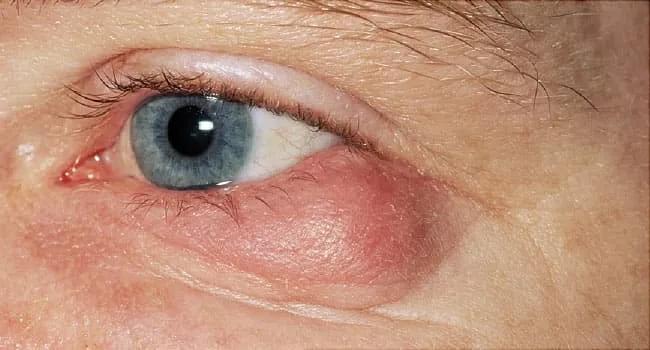

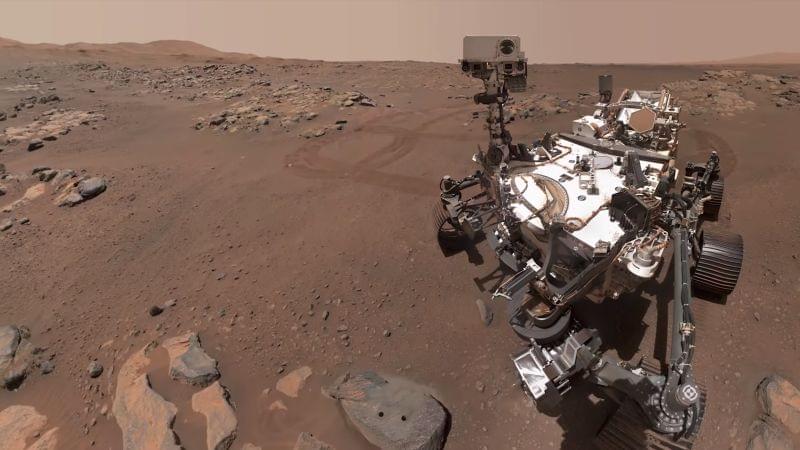
The first experiment to produce oxygen on another planet has come to an end on Mars after exceeding NASA’s initial goals and demonstrating capabilities that could help future astronauts explore the red planet.
The microwave-size device called MOXIE, or Mars Oxygen In-Situ Resource Utilization Experiment, is on the Perseverance rover.
The experiment kicked off more than two years ago, a few months after the rover landed on Mars. Since then, MOXIE has generated 122 grams of oxygen, equal to what a small dog breathes in 10 hours, according to NASA. The instrument works by converting some of Mars’ plentiful carbon dioxide into oxygen.
The pain is invisible, but it’s there. Here are the stories of what it’s like to live with trigeminal neuralgia.

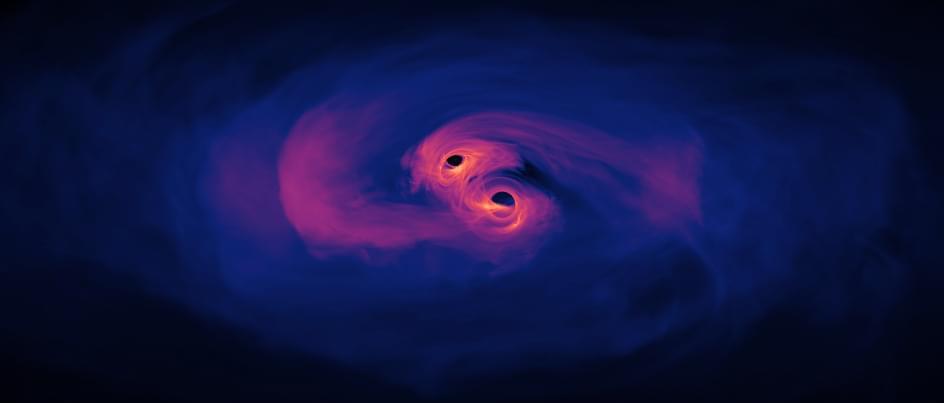
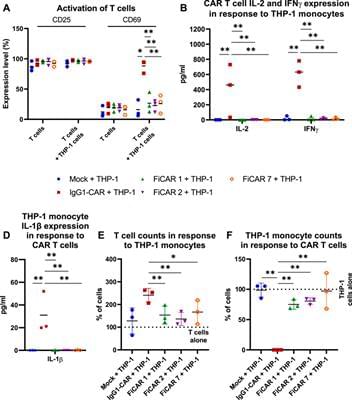
Background: T cells equipped with chimeric antigen receptors (CAR) have shown remarkable efficacy in targeting B lineage malignancies. Improvement of the CAR structure is needed, however, with a view to developing flexibly modifiable spacers that are inert in interactions with unwanted cells. Specifically, binding to cells carrying receptors for IgG’s crystallizable fragment (FcR), that recognize IgG-derived domains in CARs is to be avoided.
Methods: Two novel CARs targeting the CD19 antigen where the IgG1-CH2 and-CH3 domains were replaced with Ig-like domains from signal-regulatory protein α (SIRPα) were designed in silico. An IgG1-based CAR and a CAR lacking both SIRPα and IgG1 domains were used as comparators. The phenotype and memory phenotype of the expanded cells were analyzed by flow cytometry, and CAR T cell activation and cytotoxic efficacy were assessed in co-culture experiments in response to CD19+ target cells. Unwanted interactions with FcR-expressing myeloid cells were interrogated in co-culture assays with THP-1 monocytic cells.
Results: T cells carrying the novel SIRPα-based CARs enacted potent in vitro cytotoxicity against CD19 positive B-lineage leukemia cells, comparable to traditional IgG1-based CAR T cells. Co-culture of IgG1-based CAR T cells with FcR-expressing THP-1 monocytic cells led to prominent cell surface expression of CD69 on T cells together with production of Interleukin (IL)-2 and Interferon-γ, and production of IL-1β, indicating activation of the T cells and monocytes, respectively. Longer co-culture led to killing of the monocytes. No signs of T cell nor monocyte activation were detected in co-cultures of SIRPα-based CAR T cells with THP-1 cells. Arming T cells with the SIRPα-based CARs favored differentiation towards CD4+ phenotype during expansion, while the effects on memory phenotype of the T cells were equivalent between the SIRPα- and IgG1-based CARs. In a pilot experiment, T cells modified with one of the SIRPα-based CARs showed dose dependent leukemia cell control.
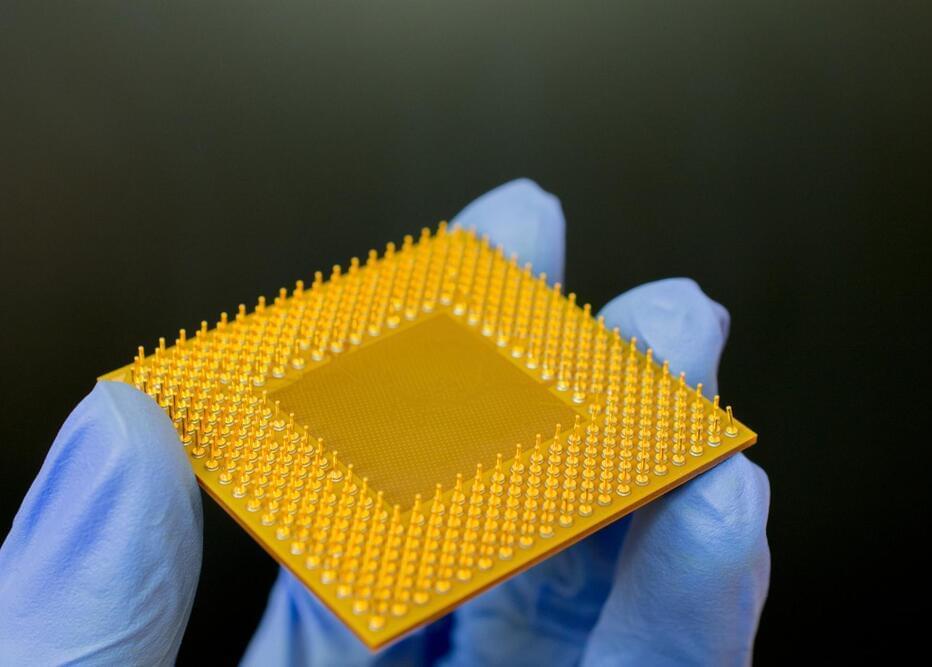
Gallium has multiple advantages but processing it has been difficult. This might be about to change after new discovery.
Researchers at the Zhejiang University in China have devised a new method that allows for easier and cost-effective production of gallium oxide, an alternative to silicon for semiconductors, South China Morning Post.
Silicon may be a significant component powering semiconductor-based applications. Still, the industry has evolved to use compounds such as gallium arsenide and indium phosphide in production processes over the years. Gallium oxide is the newest entrant in the arena.

Since the Perseverance rover’s landing in 2021, MOXIE has produced a cumulative 122 grams of oxygen.
NASA’s Mars Oxygen In-Situ Resource Utilization Experiment (MOXIE) successfully concluded its mission by producing oxygen on the Red Planet for the 16th and final time. Developed by a team at the Massachusetts Institute of Technology (MIT), the machine exceeded the initial expectations of its creators and has set a strong precedent for future missions aimed at human exploration of Mars.
“MOXIE’s outstanding results validate the viability of extracting oxygen from the Martian atmosphere—a crucial resource for both life-support and propellant for return missions,” stated NASA Deputy Administrator… More.
Source: NASA
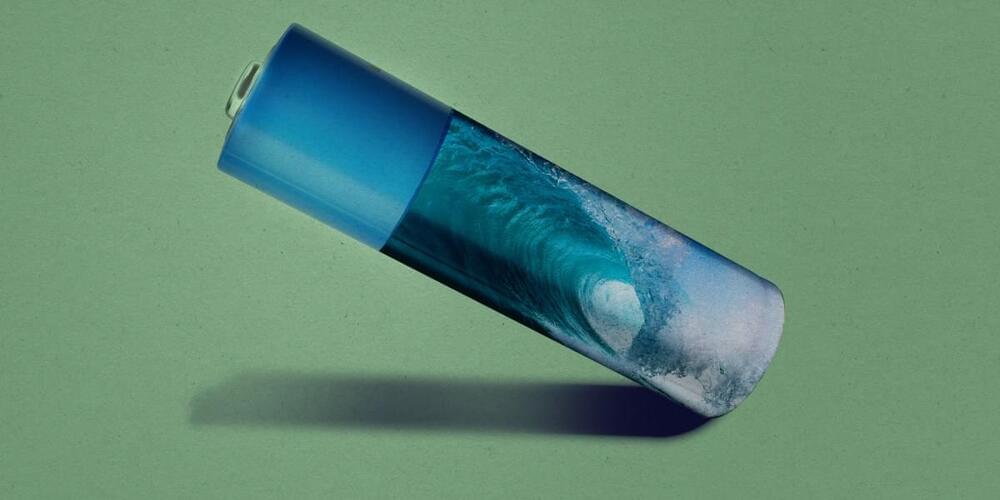
Alternative chemistries could address one of the greatest concerns about lithium-ion batteries.
I’d be willing to bet that you probably haven’t spent much time thinking about the liquid that sloshes around inside batteries.
But this liquid—called the electrolyte—is one of their key ingredients, and it dictates a lot about how they work, as well as how safe they are. And I’ve seen a growing number of alternative battery makers talk about using an interesting ingredient in their electrolyte: water.
